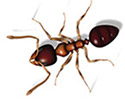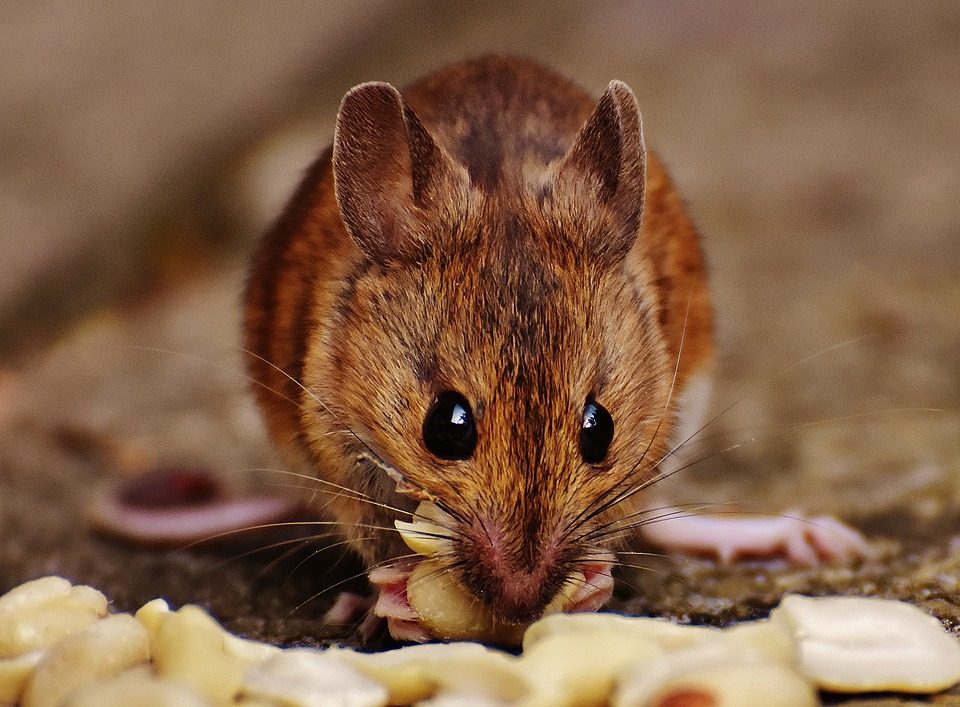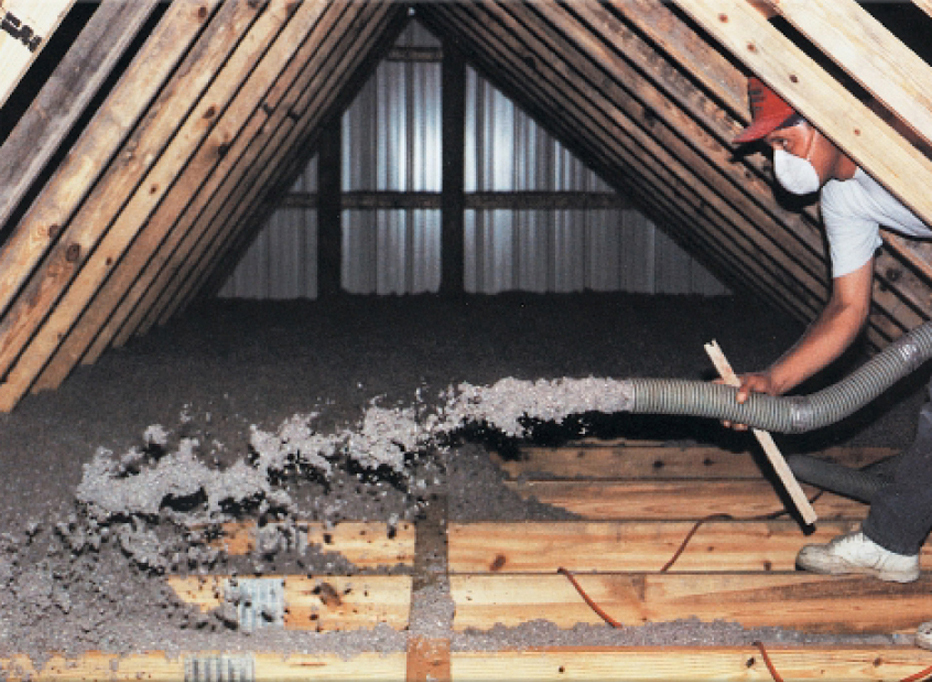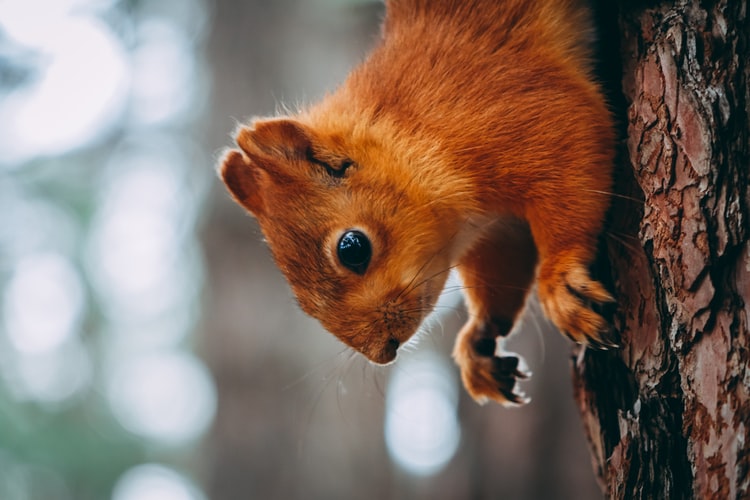

Top Tips for Keeping Wildlife in the Wild
November 24, 2017
Why Should You Insulate Your Home’s Attic?
February 9, 2018Moisture Control – Techniques to Prevent Mold

Under the right circumstances and in the right environment, mold can be a good thing. For instance, it is vital in making penicillin and brie. It is a necessary agent in the decomposition of all kinds of organic matter, too. However, it can also be a bad thing—most especially when it spreads and grows unnoticed in your home. Mold spores tend to multiply easily and rapidly, making the problem as close to impossible to completely eradicate. This is especially true as mold has the ability to grow and proliferate everywhere, from carpet to food, paper, clothing, and even places that you can’t see like the inside of your walls, the backside of your drywall, above ceiling tiles, and around leaking/condensing pipes. Moisture control is key to solving mold problems. Because mold spores thrive in the moist and the damp, contacting a professional for a vapor barrier installation will help address the situation.
While mold is often a challenging issue to fix, it has to be dealt with immediately. When left undetected, mold can be a cause of the production of irritants, allergens, and some rare toxins, which could compromise your health. If you suspect an infestation, call Bug Stopper and ask about vapor barrier installation and other moisture control measures to help you eradicate the infestation. You can also follow the simple steps below to get started in dealing with your mold problems:
The first step to correcting a mold problem is to identify areas in the home where mold spores may be fast forming. Doing a quick audit of your surroundings will help you determine where mold spores are likely to be. Some common problem areas include ceilings where there are water stains from persistent leakage, a flooding basement, and windows that experience frequent condensation.
Dry wet areas. Mold spores thrive in moisture. Without it, they can’t grow. By keeping common problem spaces dry, it is easier to prevent spores from ever growing.
Of course, prevention is always better than a cure. To keep mold from growing inside your home, make sure that you keep common problem areas free from moisture as mold spores thrive on it. Curbing moisture through a vapor barrier installation or some other moisture management solution will help you deal with molds before they even become a problem.





